Cutting-Edge Robots
Molecule Self-Configuring Robots
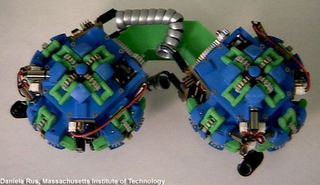
This shape-changing bot is built of many simple modules which it can move around, allowing it to adapt to different tasks and build 3-dimensional structures.
Learning to Walk in 20 Minutes
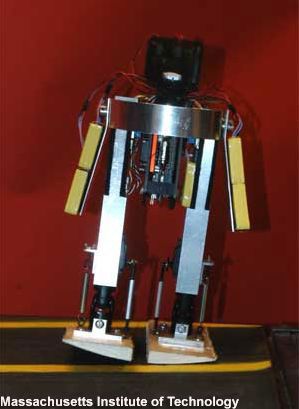
This little guy can learn to walk in 20 minutes. Built by MIT, this robot learns with every step it takes, continually adapting to terrain. Learning technology potentially makes robots more practical for applications like prosthetics and exploration.
USC Humanoid Robot

This freaky looking USC-built robot head can learn facial movements from human teachers and watches objects it finds interesting. This collaboration between neuroscience, robotics, and computer vision is the first step to building full-body humanoid robots.
Self-Assembling Robotics
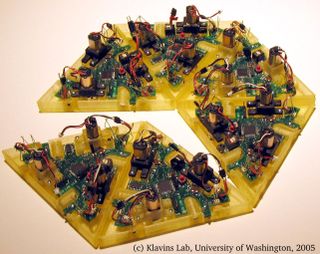
This exhibit demonstrates 10 self-assembling robots that attach to each other to form larger structures. Each robot is 4 inches wide and weighs less than a quarter pound. Attendees are encouraged to play with the robots to figure out how they work.
Solar-Powered Autonomous Underwater Vehicle (SAUV)
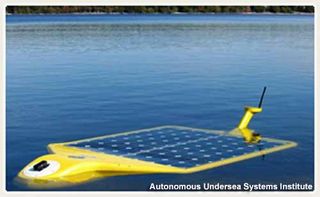
SAUV, weighing in at 370 pounds and 8 feet in length, is specially designed long-endurance underwater robot. It can spend several days on sensory mapping, security and environmental monitoring missions.
RHex/RiSE
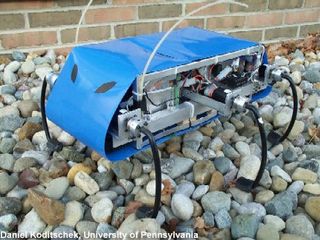
The six-legged bug bot shows off remarkable speed, mobility and efficiency never before seen in the robotics world. It’s a joint project between Carnegie Mellon, the University of Pennsylvania and the University of California, Berkeley.
COOL Aide: Robotics Assistance for the Elderly
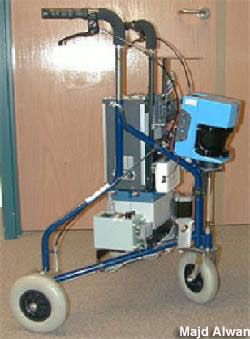
The Co-operative Locomotion Aide (COOL Aide) – a passive, shared control, robotic walking aide – helps the elderly and injured get around by determining a user's intent and assisting them with movement.
Sign up for the Live Science daily newsletter now
Get the world’s most fascinating discoveries delivered straight to your inbox.
COTS-M Scout Robot
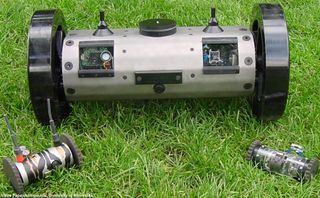
Smaller than a soda can, the COTS-M Scout is loaded with sensors, including a camera. Researchers can toss the robot and ask it to drive to a particular location and transmit video to a handheld unit.
Aerial Robots
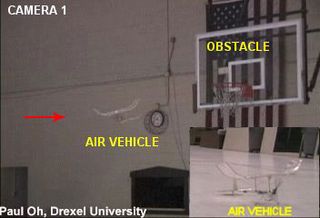
The Drexel Autonomous Systems Lab is currently working on building sensor robots that can fly around on their own to explore forests, caves, and tunnels. These robots could also be used to fly above disaster areas and battlefields to locate casualties.













